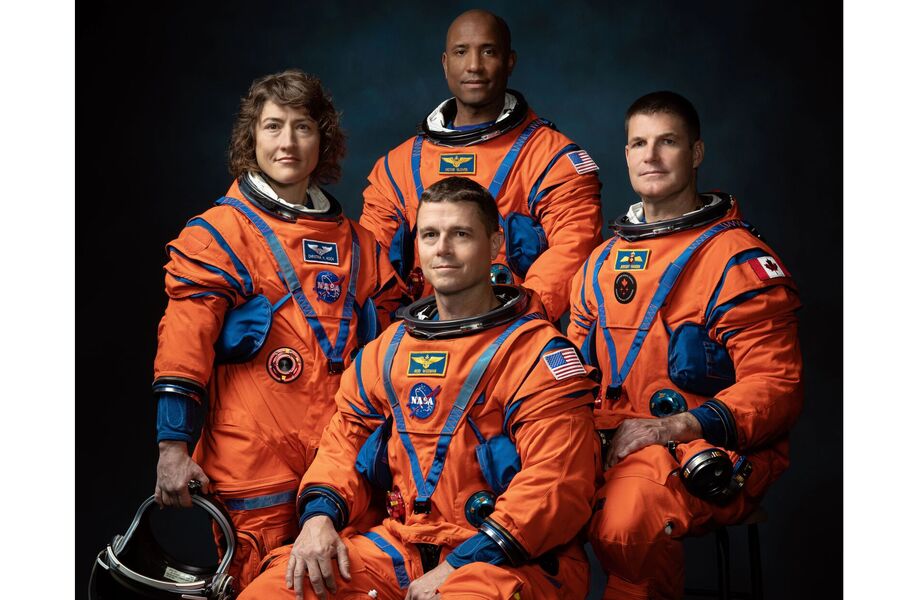Artemis II Is Go: NASA Gears Up for Deep Space Travel
NASA’s Artemis II: Prepping for the Future of Deep Space Travel
Artemis II is NASA’s next big step in returning humans to the Moon—and eventually reaching Mars. This mission will be the first time astronauts ride aboard the Orion spacecraft, launched atop the powerful Space Launch System (SLS) rocket. The crew of four will test Orion’s critical life support and navigation systems in deep space, ensuring everything functions correctly before more complex missions like Artemis III. It builds on the uncrewed Artemis I mission, pushing the boundaries of human spaceflight by flying beyond the Moon and back.
A Journey Around the Moon and Back
The mission will begin at Kennedy Space Center in Florida, where the SLS will launch Orion into Earth orbit before sending it on a “free return” trajectory around the Moon. This means Earth’s gravity will pull Orion back naturally after circling the Moon—no extra fuel needed. Before heading that far out, Orion will circle Earth twice to confirm its systems are working well, including life support, communication, and propulsion. During this time, astronauts will run tests like manually piloting the spacecraft near its spent rocket stage, simulating critical maneuvers needed for future Moon landings.
Testing for Deep Space and Beyond
Once Orion is on its way to the Moon, the crew will continue evaluating spacecraft systems, including how it handles emergencies and supports daily activities like exercise and sleep. They’ll even test the onboard radiation shelter, a crucial feature for future longer missions. Traveling about 4,600 miles beyond the Moon, the astronauts will capture stunning views of Earth from deep space. The full mission will last around 10 days, marking a crucial rehearsal for Artemis III—the mission that aims to land humans on the Moon again for the first time in over 50 years.
